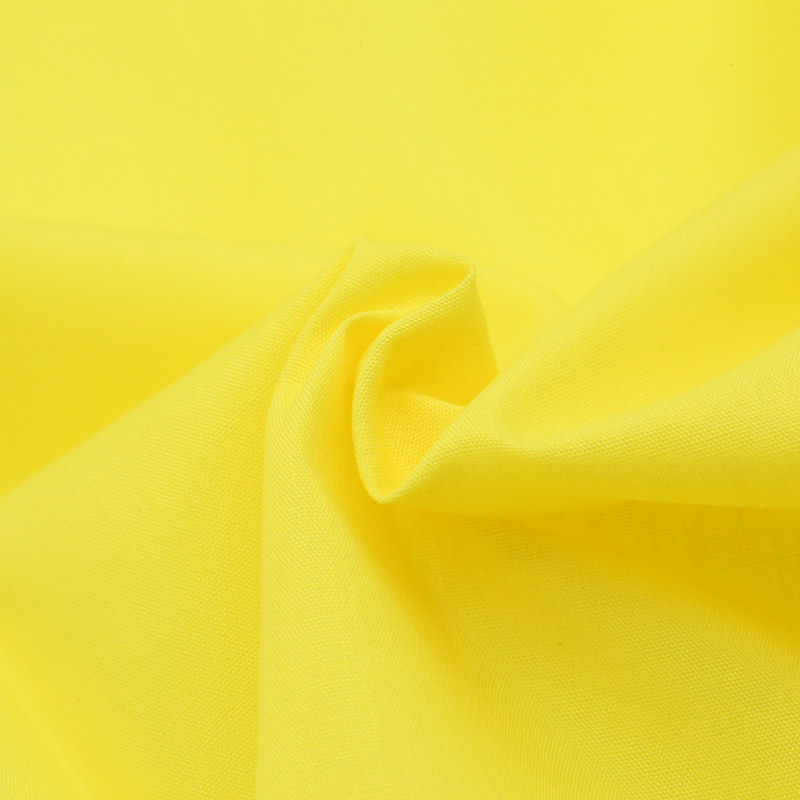Pant Pocket Types: Need Durable, Stylish, Custom Options?
The Real-World Guide to Pant Pockets: Fabric, Function, and What’s Changing
If you make apparel for workwear, denim, uniforms, or just care about what happens inside a pocket after 50 wash cycles, this is for you. People ask me all the time about pant pocket types and which pocketing fabric actually holds up. Short answer: construction and testing matter more than marketing. Longer answer below—plus fresh data from mills and a few blunt notes from factory floors.

What’s trending (and what isn’t)
Brands are pushing for durable yet lighter pocketing to cut bulk without sacrificing tear strength—especially for chinos and uniforms. T/C poplin pocketing (polyester/cotton blends) is still the quiet workhorse. Mills in Hebei and Shandong are doubling down on tighter densities (96×72 and 110×76) to reduce coin wear-through and phone-corner abrasion. Sustainability? Recycled poly blends are making inroads, but consistency is still a work in progress, to be honest.
Product spotlight: T/C 45×45 Poplin Pocketing
From Zhaoyuan road, Zhao county, Shijiazhuang City, this classic pocketing staple looks simple, but the math behind it is deliberate. You’ll see it in dress pants, uniforms, and midweight denim—the places pockets get punished.
| Spec | Details (≈ real-world use may vary) |
|---|---|
| Product | T/C 45×45 88×64 / 96×72 / 110×76 Pocketing Fabric |
| Composition | T/C 90/10, 80/20, 65/35 |
| Yarn Count | 45s×45s |
| Density | 88×64, 96×72, 110×76 |
| Width | 58/59" |
| Weight | ≈80 / 90 / 100 gsm |
| Finish | White, Dyed, Printed; Poplin weave |
| Uses | Pocketing, Lining, Shirting, Uniform |
Process flow (shop-floor version): blended staple fibers → ring spinning 45s → weaving (plain/poplin) at selected densities → singe/desize → scour/bleach → dye/print (if needed) → soft set → preshrink → inspection. Typical testing: ISO 105 colorfastness to washing/perspiration, AATCC 8 crocking, ASTM D1424 tear, ASTM D4966 Martindale. Expected service life: ≈ 12–24 months in uniform trousers; longer for office wear, shorter in heavy tools/cargo use.

Where it fits across pant pocket types
- Slant/side-seam pockets: favor 96×72 for drape with decent tear resistance.
- Welt pockets (dress pants): 88×64 is fine; 110×76 if customers carry bricks (kidding, sort of).
- Coin/watch pockets (denim): go 110×76 or reinforce mouth with twill tape.
- Cargo/utility bellows: 100 gsm weight helps prevent phone-corner hot spots.
- Security/zip pockets: request low-lint finish to protect zippers.
Vendor snapshot (quick compare)
| Vendor | Origin | Options | MOQ | Lead Time | Certs | Notes |
|---|---|---|---|---|---|---|
| Jiexiang Textile | Shijiazhuang, Hebei, CN | T/C 90/10–65/35, 80–100 gsm | ≈3,000–5,000 m | ≈15–25 days | ISO 9001, OEKO-TEX | Consistent handfeel; solid dye lots |
| Mill A (Pakistan) | PK | T/C and CVC mixes | ≈5,000 m | 20–30 days | ISO 14001 | Good pricing, check shade control |
| Mill B (Vietnam) | VN | Recycled poly blends | ≈2,500 m | 12–20 days | OEKO-TEX | Eco angle; verify pilling grades |
Field feedback and test data
What buyers say: “No grin-through on navy chinos,” and “fewer pocket blowouts after quarter-end, when everyone’s toting two phones.” Lab snapshots (110×76, 65/35 T/C): ASTM D1424 tear ≈ 1.5–2.0 N (warp), 1.2–1.8 N (weft); AATCC 8 dry crock Grade 4–4.5; ISO 105 C06 wash fastness Grade 4; dimensional change after wash ≈ −2.0% warp, −1.5% weft. Those are respectable for most pant pocket types, including welt and cargo.

Customization, compliance, and a quick case
Custom moves that work: mercerized handle for dress pants, printed brand ID inside pockets (helps with returns), and preshrink to ≤2% to keep welt lines clean. Compliance-wise, look for OEKO-TEX Standard 100 and a lab file with AATCC/ISO methods. One uniform program switched from 88×64 to 96×72 at 90 gsm and saw pocket failure rate drop by ≈38% over two seasons; returns went down, CFO smiled. It seems boring fabric can be a profit lever.
Bottom line: match density to carry-load, not to brochure copy. Get a wash/abrasion test on your chosen pant pocket types, and you’ll avoid the dreaded phone-corner hole—promise.
- ISO 105 Textiles—Tests for colour fastness (C06/C10). International Organization for Standardization.
- AATCC Test Method 8/61: Colorfastness to Crocking/Laundering. American Association of Textile Chemists and Colorists.
- ASTM D1424: Standard Test Method for Tearing Strength of Fabrics. ASTM International.
- OEKO-TEX Standard 100—Testing for harmful substances. OEKO-TEX Association.
-
Hot Sale 180D CEY Crepe AirFlow Woven Fabric 100% PolyesterNewsNov.14,2025
-
Twill TR Fabric for Elastic Suits & Trousers, ShrinkproofNewsNov.14,2025
-
Grey Muslin Fabric — Soft, Durable, Bulk & Custom SizesNewsNov.14,2025
-
CEY Crepe Fabric, Plain Woven Airflow Polyester TextileNewsNov.14,2025
-
Wholesale Custom TR Fabric 80/20 Soft Arabic Thobe FabricNewsNov.14,2025
-
Polyester Cloth - Durable, Wrinkle-Resistant, Factory DirectNewsNov.05,2025
-
TR 80/20 Poly Viscose Twill Thobe & Suiting Fabric Easy-CareNewsNov.05,2025











